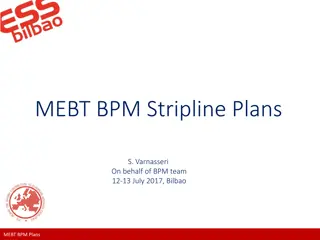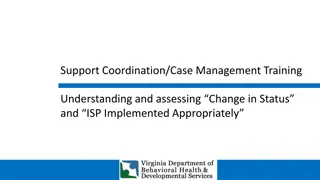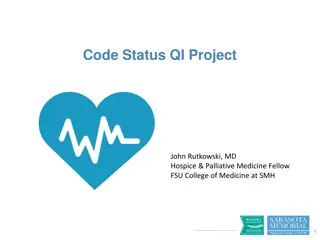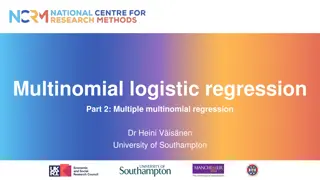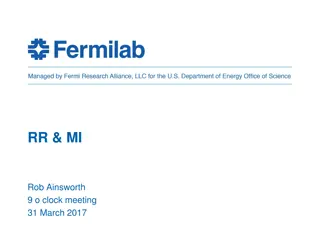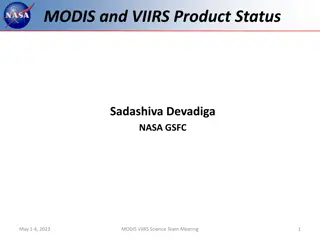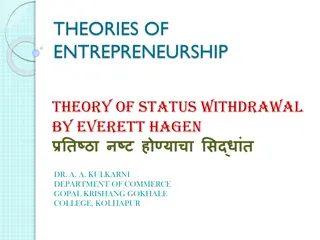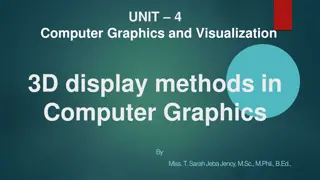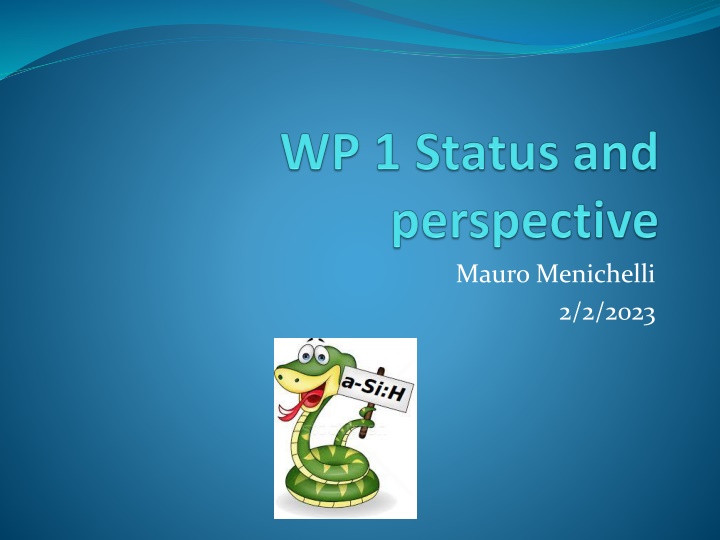
Cutting-Edge Developments in Detector Technology and Radiation Testing for 2023
Explore the latest advancements in detector fabrication techniques including p-i-n and CSC technologies, along with upcoming activities like resistivity optimization, prototype production, and radiation testing at various locations worldwide. The goal for 2023 is to produce and test single devices in collaboration with research centers in Perugia, Wollongong, and other key locations.
Download Presentation

Please find below an Image/Link to download the presentation.
The content on the website is provided AS IS for your information and personal use only. It may not be sold, licensed, or shared on other websites without obtaining consent from the author. If you encounter any issues during the download, it is possible that the publisher has removed the file from their server.
You are allowed to download the files provided on this website for personal or commercial use, subject to the condition that they are used lawfully. All files are the property of their respective owners.
The content on the website is provided AS IS for your information and personal use only. It may not be sold, licensed, or shared on other websites without obtaining consent from the author.
E N D
Presentation Transcript
Mauro Menichelli 2/2/2023
Current presentations on WP1 Today This general presentation Towards the second batch of a-Si:H on PI detectors fabricated with p-i-n and CSC technologies. Nicolas. Depositions tests in Lecce. Anna Paola. Caracterization by spectroscopy in Perugia and future tests in Trieste and Nova Gorica (SLO). Maddalena. Summary of characterization tests in Perugia. Francesca. Low temperature testing of a-Si:H detectors. Giuseppe. Tomorrow Joint WP1 and WP4 presentation. Characterization and testing of detectors in Wollongong, Bologna and Melbourne. Marco.
Batch to be produced for year 2023 Second batch: samegeometryas the first batch but produced with p-i-n and CSC techniques. The deposition of the devices will be performed in aluminized PI. Third batch. Devices with patterned aluminumand possibly metal bridge.
Forthcoming activities in Lecce Optimizationof resistivity for bulk material Spectrometric (structural) testing in collaboration with Perugia P-i-n Prototype production (?) CSC Prototype production with electrode deposition via PLD any other technological activity for the production of a complete single device Goal for the year 2023 production of a single p-i-n and/or CSC device to be tested in Perugia and Wollongong foryear 2023 or early 2024.
Radiation tests in Lecce We are planning the repetition of the last year tests irradiation test with protons at 3 MeV in the frameworkof the 3D-SiAm program, however In the same irradiation test we are going to make a proton sensitivity test with a detector from the first batch. In the second part of the yearwe will also test for radiation damage one p-i-n and one CSC detector from the second batch Total fluences in neq/cm2 1014 1015 1016
Radiation tests in Lubljiana and Australia Wewill do a radiation test campaign at the following fluences in neq/cm2 with second batch of prototype ( p-i-n and CSC) 1015 1016 5 x 1016 Total dose testswith X or Gamma rays in Australia with total dose at Grad level
Testing activities in Perugia Spectoscopic testswill be presented by Maddalena Asideof I/V characterization and x-ray sensitivityand preparation and execution of radiation tests . Long duration stability tests. Sensitivityvs. Bias Voltage. Bendability tests. Laser test for CCE evaluation in pulsed and continous mode
Characterization tests in Lecce Giuseppe will present the status of the I/V test at low temperatures. In the near future mobilityversus temperature tests will be performed
Towards 2024 Within thisyearall the application Working Packages (WP4, WP5, WP6) should design/provide specification for the detector they need fortheir specific applications. During the third batch of detectors fabrication wecan already make some preliminary customizationof the detector, whilewe plan todo full customization for the forth detector batch.

